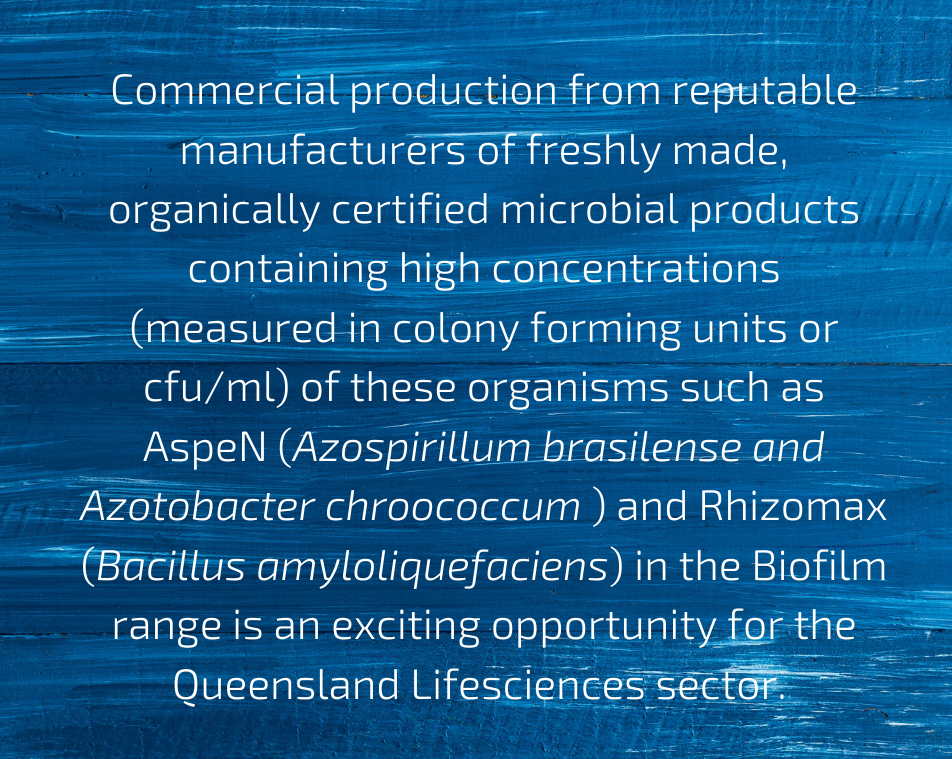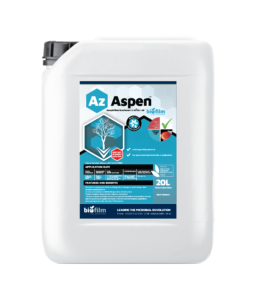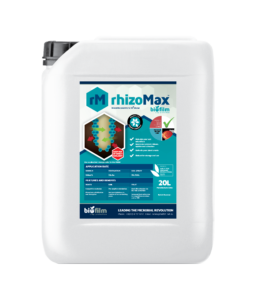
The use of synthetic fertilisers for agriculture production involves significant financial costs for farmers but is also associated with a number of environmental impacts. Strategies to reduce chemical fertiliser dependence have the potential to improve farm profitability and a shift to organic methods for reef safe fertilising is also increasingly required to meet environmental regulations, in particular to reduce agricultural impact on Australia’s reef health. What is important in this transition is that farmers are able to maintain or even increase profitable yields. The good news is, that some of the solutions are right under our feet – in the soil biology!
Soil nutrient status contributes significantly to plant health, yield, and quality. Two of the key nutrients under the spotlight in the Reef Zone – each of which are also essential for strong crop health and production – are phosphorous and nitrogen. Chemical nitrogen (N) and phosphorous (P) fertilisers can result in eutrophication (excessive nutrient supply in a water body) into reef ecosystems and significantly impact the current and future health of the marine environment (Huang, Xu, Ridoutt, Wang, & Ren, 2017).
Phosphorous availability in the soil is essential for productive plant growth. Phosphorous availability is one of the key limiting factors to achieving high-quality crop yields and is available in various organic and inorganic forms in the soil (Paul & Clark, 1989). Mineral P is finite in the soil and is primarily available in insoluble, inorganic forms. Phosphate-solubilising bacteria can cycle inorganic P forms into organic P forms that plants can uptake (Paul & Clark, 1989). The use of these solubilising bacteria, such as Bacillus amyloliquefaciens open a new horizon for increased crop productivity, greater yields, and improved crop quality without deteriorating soil health or increasing damaging mineral runoff (Singh, Singh, & Panda, 2020). The bacteria such as Bacillus amyloliquefaciens can additionally promote plant growth, enhance soil pH and increase plants’ nitrogen contents (Wu et al., 2018) providing more extensive benefits to farmers than simply assisting with phosphorus availability.
Nitrogen is a primary limiting element to crop productivity. Nitrogen is considered a critical limiting factor for crop productivity and is essential for increased plant growth, quality, and yield (Lemaire & Gastal, 2019). Mineral fertilisers have become popular to meet crop N demands in the last 50 years. However, oversupply has resulted in adverse environmental effects. Large amounts of mineral N provided by the agriculture industry are associated with increased marine eutrophication, biodiversity loss, groundwater pollution, and reduced soil health (Lemaire & Gastal, 2019). Subsequently, the use of synthetic N fertilisers is being questioned in Australian agricultural systems. Nitrogen-fixating organisms such as Azospirillum brasilense and Azotobacter chroococcum are considered a promising organic alternative. Azospirillum brasilense is a bacterium that fixes atmospheric nitrogen (N2) into ammonium (NH4+) for plants to then convert into protein (Joe, Karthikeyan, Sekar, & Deiveekasundaram, 2010). Both also show promise in providing more diverse benefits in addition to their nitrogen fixation, as noted below:

Azospirillum brasilense is a widely known plant growth-promoting bacterium. It can suppress various crop diseases, including Pseudomonas syringae pv. in tomato seedlings (Bashan & de-Bashan, 2002) and Colletotrichum acutatum fungus in strawberry crops (Tortora, Díaz-Ricci, & Pedraza, 2011).
Azotobacter chroococcum is an N-fixating organism which can stimulate plant growth via nitrogen fixation and plant hormone synthesis (Baars et al., 2018). Further, Azotobacter chroococcum can fight plant pathogens by limiting iron (Fe) availability through the use of siderophores.
The use of chemical fertilisers on crops is associated with environmental pollution, natural ecology interruption, nutrient runoff, and nutrient recycling (Kumar, Kumar, Nataraja, & Kavitha, 2011). Coral reef ecosystems located along the Queensland coast are rapidly declining due to reduced water quality and marine eutrophication, or the addition of excessive amounts of nutrients in the water (Mallela, Lewis, & Croke, 2013). The Queensland Government recognises nutrient phosphorous and nitrogen runoff from excessive agriculture fertiliser use to be one of the main culprits depleting coastal water quality. (Queensland Government, 2019). Nutrient runoff from chemical fertilisers is believed to great influence the reef ecosystem, including increasing algal blooms, promoting coral-eating crown-of-thorns starfish and micro-organism species shift. The importance of expanding the use of biologicals to replace these harsh chemicals, while ensuring farmers are able to maintain and improve high quality crop yields, is essential to improve environmental sustainability in the agriculture industry and reduce pressure on the marine ecosystem. The Queensland Government implemented the Great Barrier Reef Catchment and river basin map in 2019 to restrict the use of chemical fertilisers for land-based agriculture production (Queensland Government, 2019). However, effective nutrient management practices and the use of biologicals are greatly encouraged in line with the management map.
Biologicals offer an effective and safe alternative to traditional synthetic fertilisers. They offer a commercially viable response to current government regulations and are essential to increase the sustainability of the agriculture industry. Biologicals are able to increase crop yield, quality, and growth rate while also suppressing various diseases. Additionally, biological organisms are able to help preserve the marine ecosystem and improve sustainable farming practices in the long-term. Synthetic fertilisers are an inefficient, unsustainable practice which can have adverse environmental impact when used inaccurately or in excess.
Australian agricultural systems must adapt to more sustainable practices to preserve the marine reef ecosystem and maintain economic profitability.
Did you enjoy this article on Reef Safe Fertilising with Biologicals? Subscribe to our newsletter for regular insights into using biological solutions to solve modern agricultural problems, support regenerative farming and produce more nutrient dense food!
References
Baars, O., Zhang, X., Gibson, M. I., Stone, A. T., Morel, F. M. M., & Seyedsayamdost, M. R. (2018). Crochelins: Siderophores with an Unprecedented Iron‐Chelating Moiety from the Nitrogen‐Fixing Bacterium Azotobacter chroococcum. Angew Chem Int Ed Engl, 57(2), 536-541. doi:10.1002/anie.201709720
Bashan, Y., & de-Bashan, L. E. (2002). Protection of Tomato Seedlings against Infection by Pseudomonas syringae; pv. Tomato by Using the Plant Growth-Promoting Bacterium Azospirillum brasilense. Applied and Environmental Microbiology, 68(6), 2637. doi:10.1128/AEM.68.6.2637-2643.2002
Huang, J., Xu, C.-c., Ridoutt, B. G., Wang, X.-c., & Ren, P.-a. (2017). Nitrogen and phosphorus losses and eutrophication potential associated with fertilizer application to cropland in China. Journal of Cleaner Production, 159, 171-179. doi:10.1016/j.jclepro.2017.05.008
Joe, M., Karthikeyan, M. B., Sekar, C., & Deiveekasundaram, M. (2010). Optimization of biofloc production in Azospirillum brasilense (MTCC-125) and evaluation of its adherence with the roots of certain crops. Indian J Microbiol, 50(S1), 21-25. doi:10.1007/s12088-010-0050-9
Kumar, K. S. N., Kumar, P. G. S., Nataraja, Y. C. V. K. H., & Kavitha, S. (2011). EFFECT OF PLANT GROWTH PROMOTING RHIZOBACTERIA (PGPR) ON VITAMIN C, IRON CONTENT AND SHELF LIFE OF BITTER GOURD (MAMORDICA CHARANTIA L.). Journal of Ecobiology, 28(4), 321.
Lemaire, G., & Gastal, F. (2019). Crop Responses to Nitrogen. In R. Savin & G. A. Slafer (Eds.), Crop Science (pp. 159-184). New York, NY: Springer New York.
Mallela, J., Lewis, S. E., & Croke, B. (2013). Coral Skeletons Provide Historical Evidence of Phosphorus Runoff on the Great Barrier Reef. PLOS ONE, 8(9), e75663. doi:10.1371/journal.pone.0075663
Paul, E. A., & Clark, F. E. (1989). Chapter 12 – Phosphorus Transformations in Soil. In E. A. Paul & F. E. Clark (Eds.), Soil Microbiology and Biochemistry (pp. 222-232). San Diego: Academic Press.
Queensland Government. (2019). Impacts of nutrient run-off. Retrieved from https://www.qld.gov.au/environment/agriculture/sustainable-farming/reef/reef-regulations/about/nutrient-runoff
Singh, Y. D., Singh, M. C., & Panda, M. K. (2020). Chapter 18 – Biotechnological aspects of mangrove microorganisms. In J. K. Patra, R. R. Mishra, & H. Thatoi (Eds.), Biotechnological Utilization of Mangrove Resources (pp. 381-398): Academic Press.
Tortora, M. L., Díaz-Ricci, J. C., & Pedraza, R. O. (2011). Azospirillum brasilense siderophores with antifungal activity against Colletotrichum acutatum. Archives of Microbiology, 193(4), 275-286. doi:10.1007/s00203-010-0672-7
Wu, S., Zhuang, G., Bai, Z., Cen, Y., Xu, S., Sun, H., . . . Zhuang, X. (2018). Mitigation of nitrous oxide emissions from acidic soils by Bacillus amyloliquefaciens, a plant growth‐promoting bacterium. Glob Chang Biol, 24(6), 2352-2365. doi:10.1111/gcb.14025


